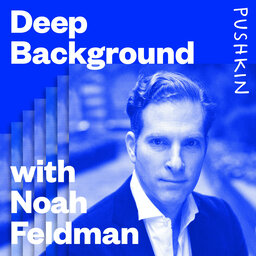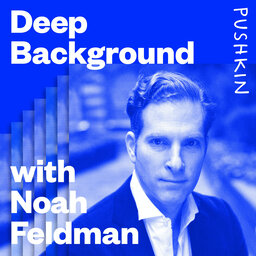The Future of COVID-19 with Marc Lipsitch
Harvard epidemiologist and recurring guest Marc Lipsitch discusses what we can learn from omicron surge. Lipsitch also addresses some common omicron myths and discusses the possibility of a “master vaccine.”
Learn more about your ad-choices at https://www.iheartpodcastnetwork.com
 Deep Background with Noah Feldman
Deep Background with Noah Feldman


